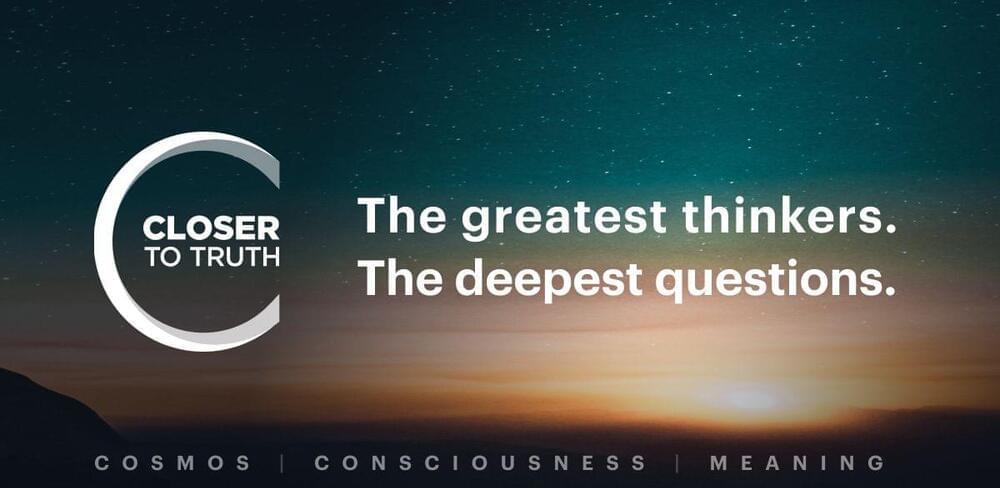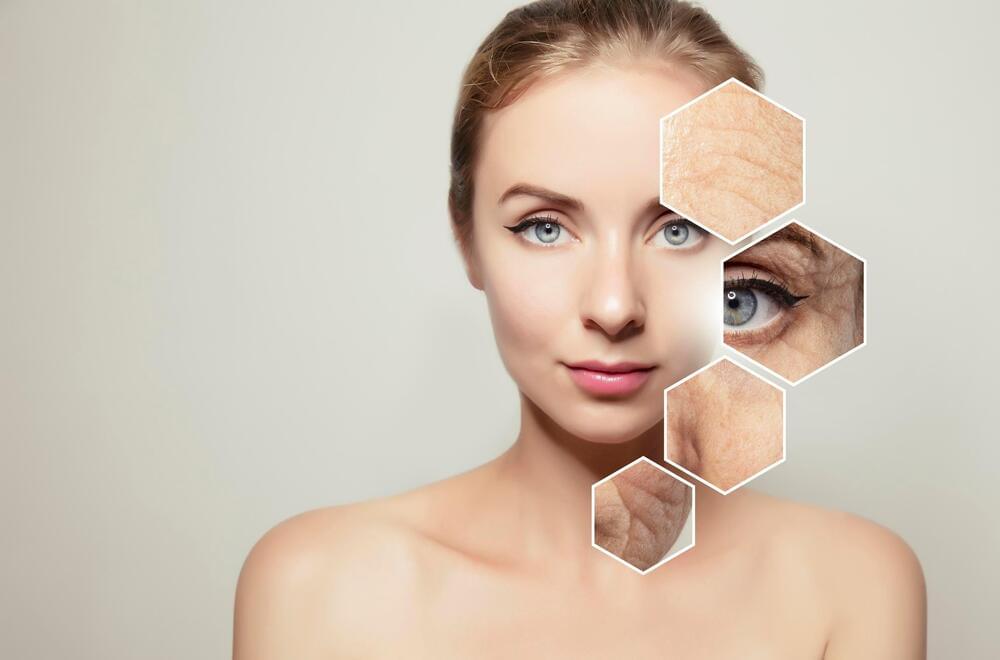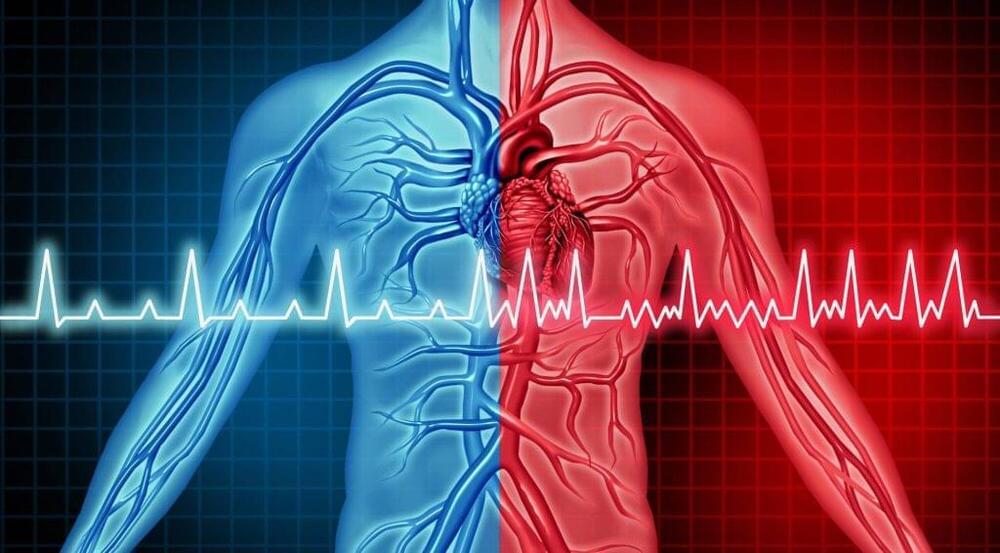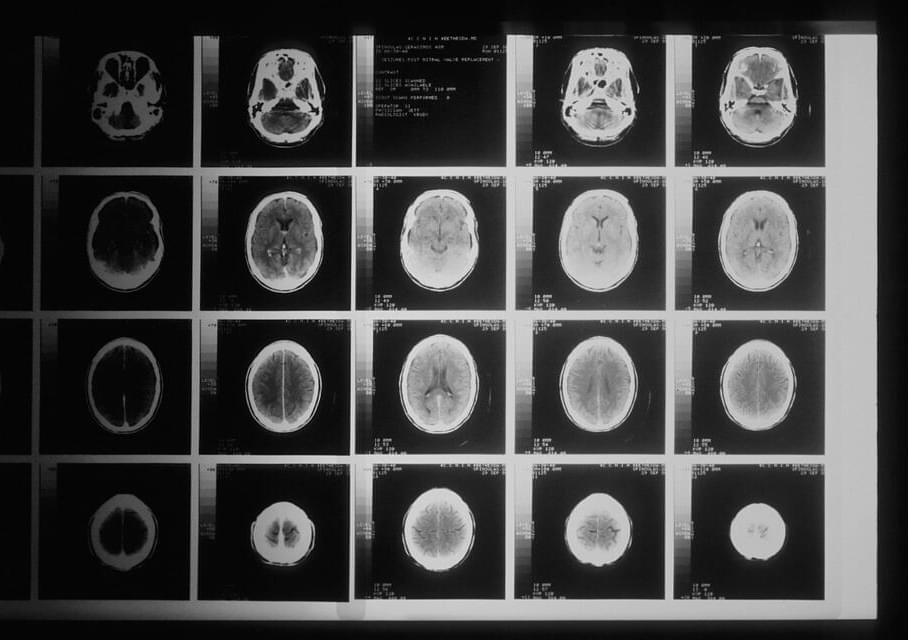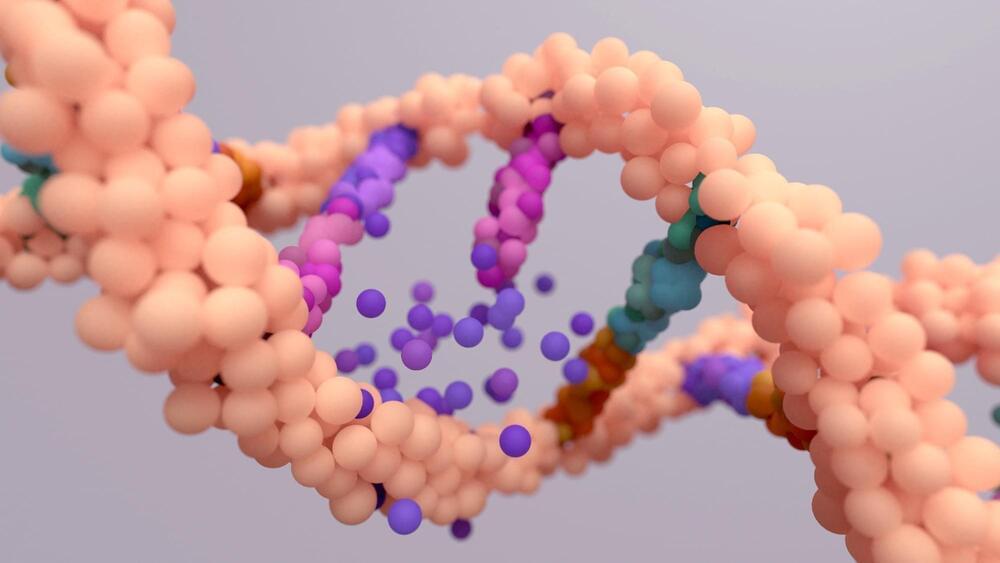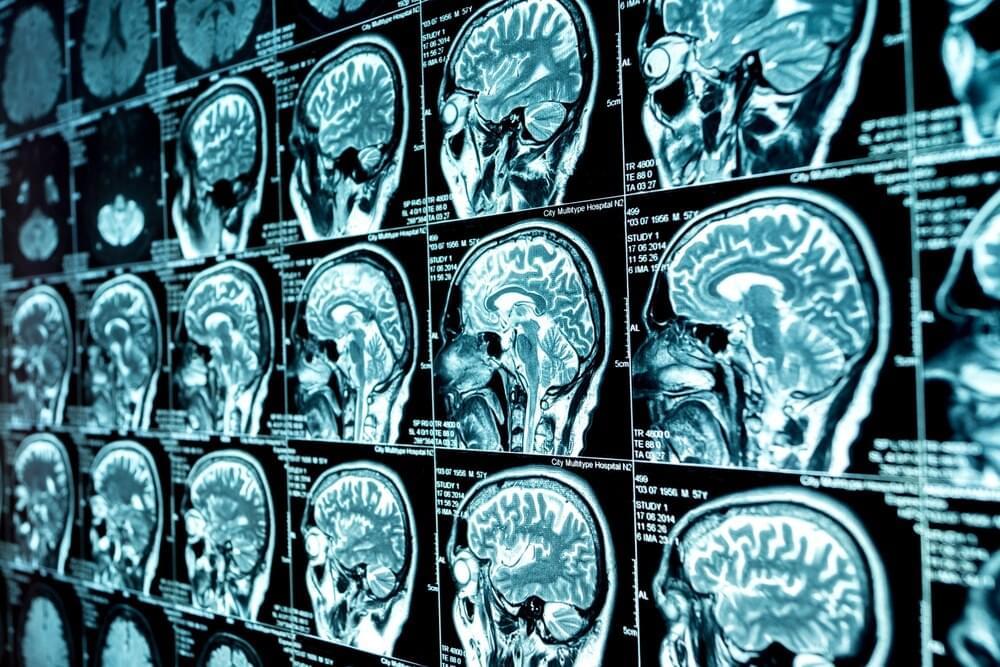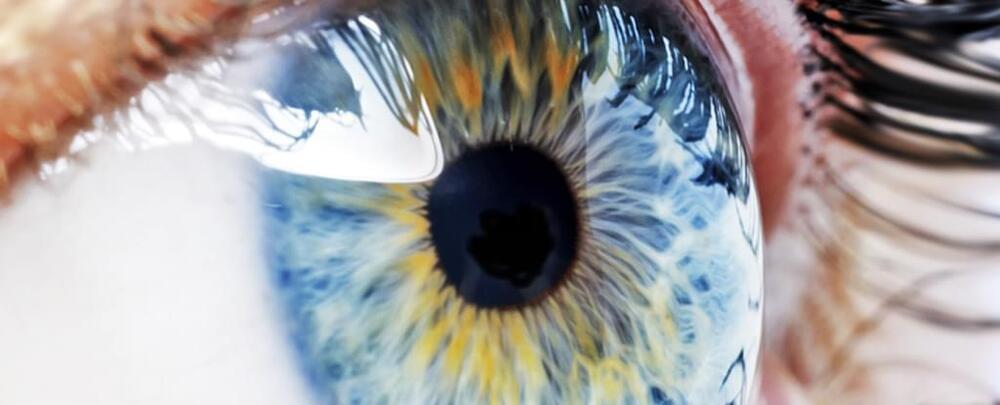David Chalmers is a philosopher at New York University and the Australian National University. He is Professor of Philosophy and co-director of the Center for Mind, Brain, and Consciousness at NYU, and also Professor of Philosophy at ANU.
Chalmers works in the philosophy of mind and in related areas of philosophy and cognitive science. He is especially interested in consciousness, but am also interested in all sorts of other issues in the philosophy of mind and language, metaphysics and epistemology, and the foundations of cognitive science.
From an early age, he excelled at mathematics, eventually completing his undergraduate education at the University of Adelaide with a Bachelor’s degree in Mathematics and Computer Science. He then briefly studied at Lincoln College at the University of Oxford as a Rhodes Scholar before receiving his PhD at Indiana University Bloomington under Douglas Hofstadter. He was a Postdoctoral Fellow in the Philosophy-Neuroscience-Psychology program directed by Andy Clark at Washington University in St. Louis from 1993 to 1995, and his first professorship was at UC Santa Cruz, from August 1995 to December 1998.
